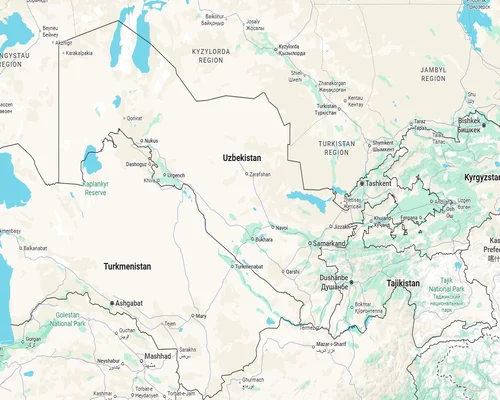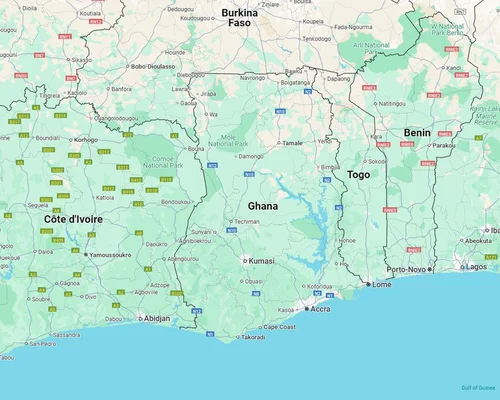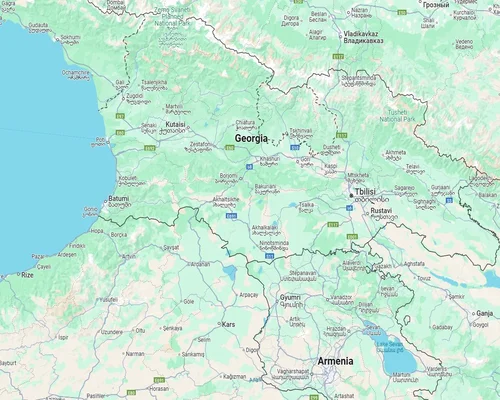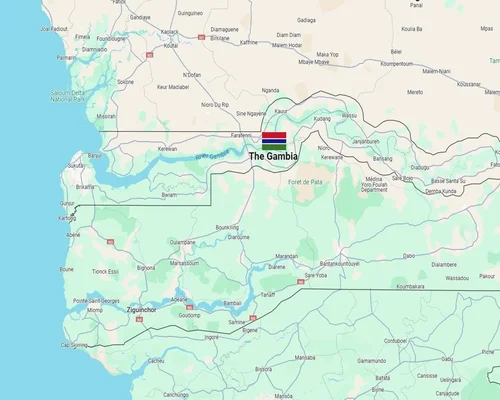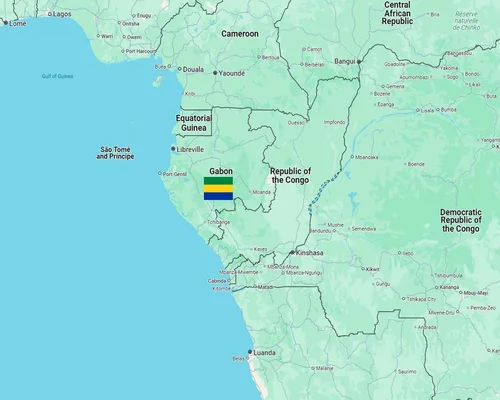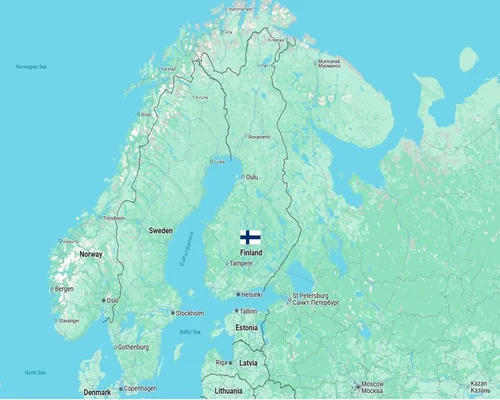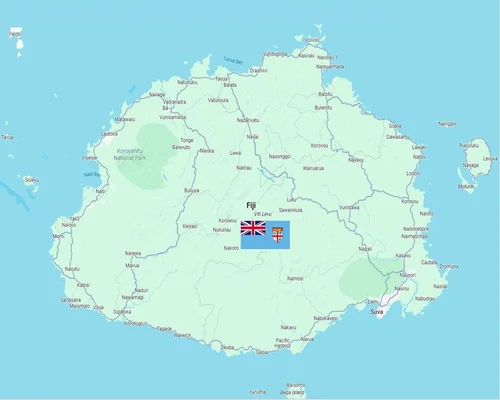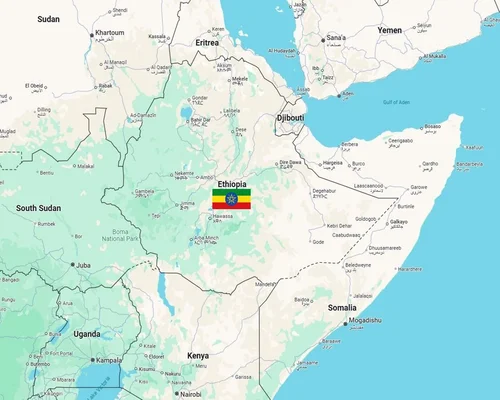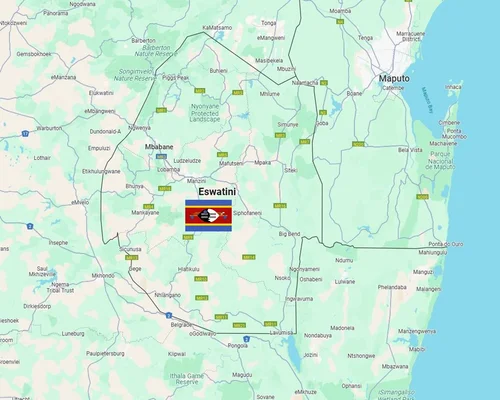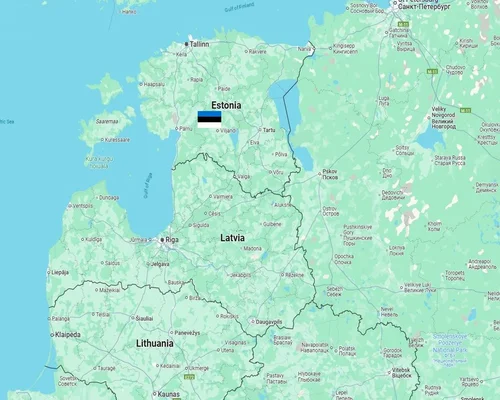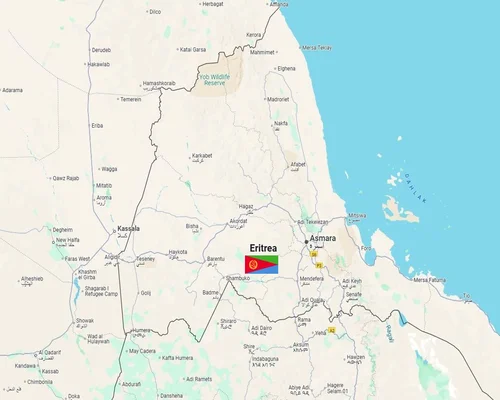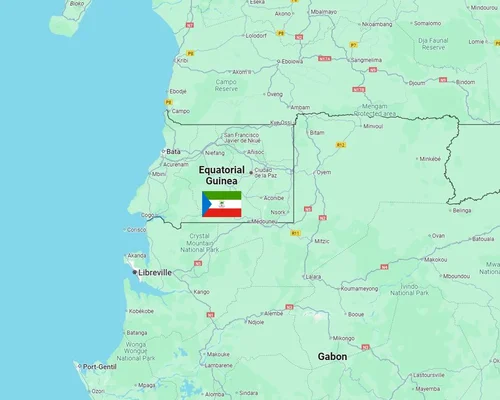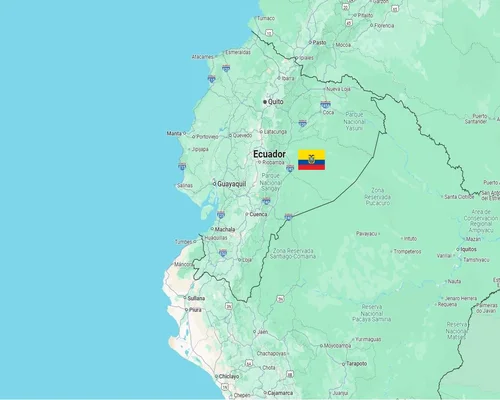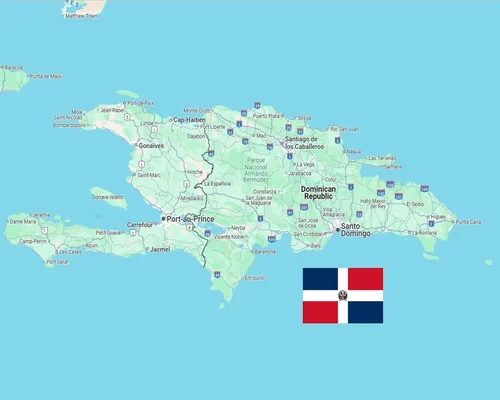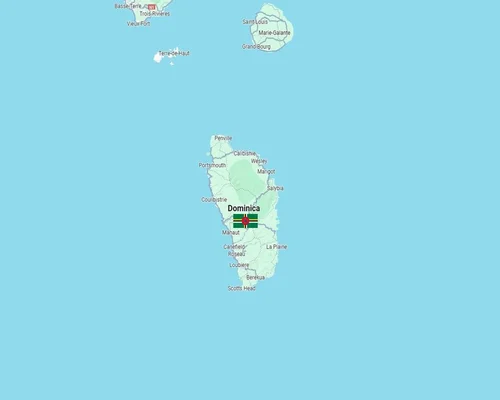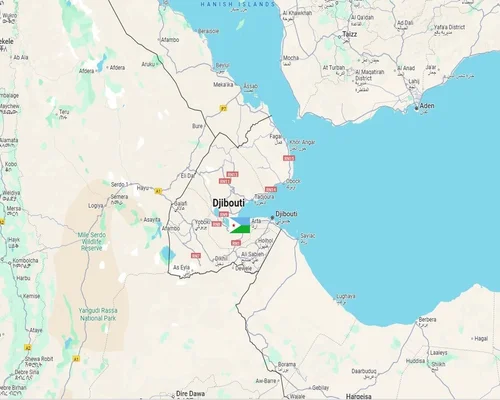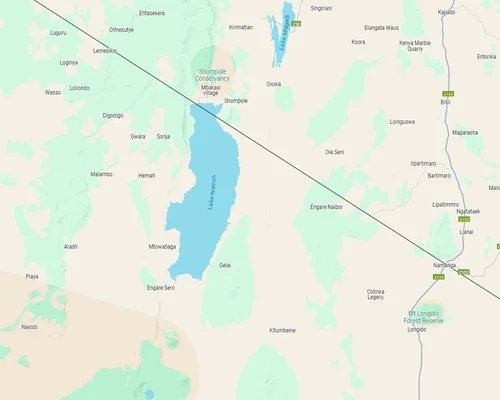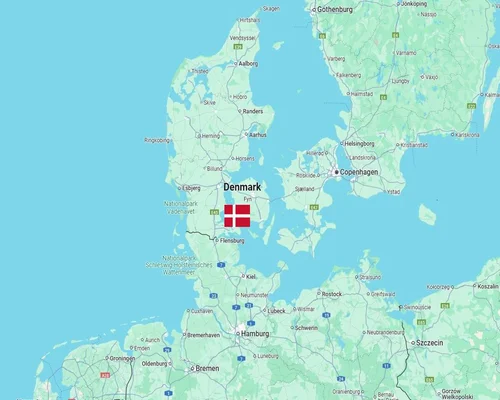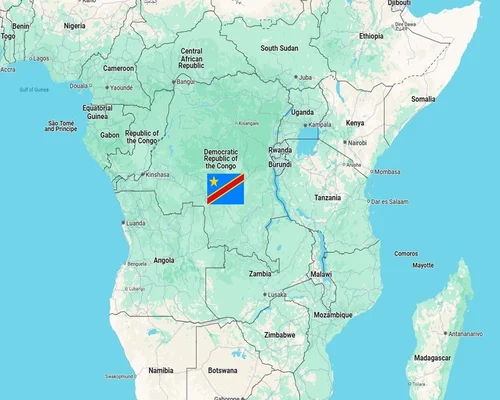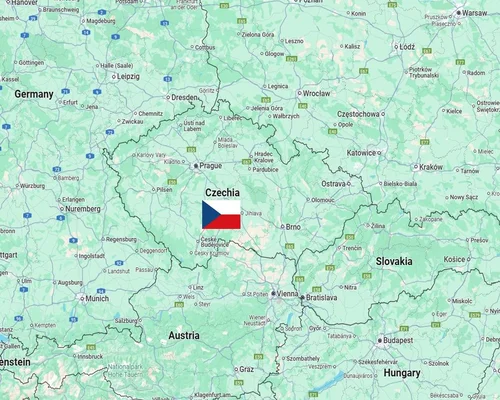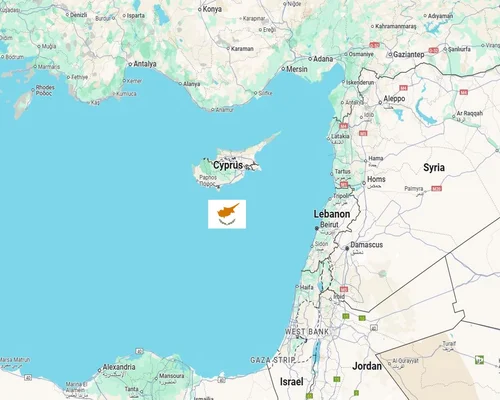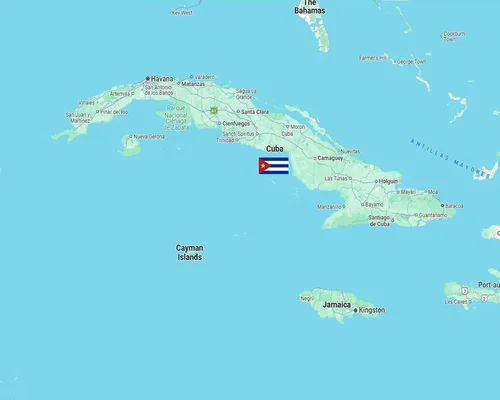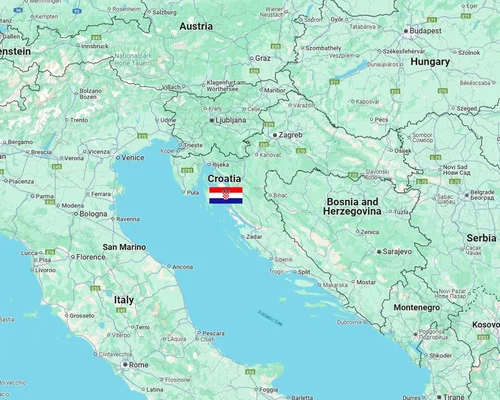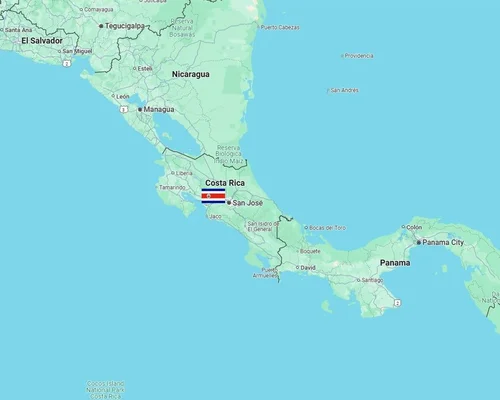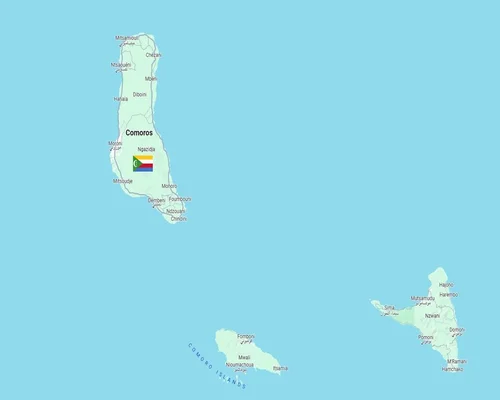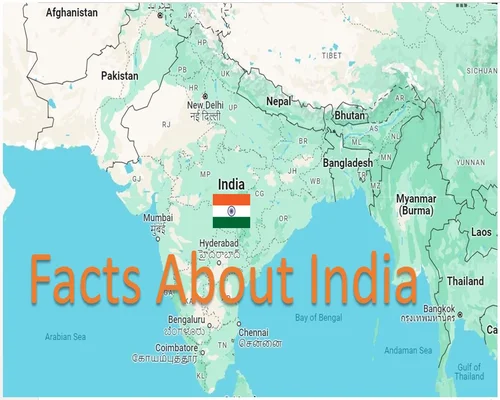
India | History, Map, Population, Economy, & Culture
India | History, Map, Population, Economy, & Culture
What are 10 amazing facts about India?
What is special about India?
What is India? - Facts about India for Kids
What are 3 unique facts?
25 awesome facts about India
7 facts about Hindus around the world
25 Fascinating History Facts About India
Facts About India Culture
Facts About India education
Facts About India Travel
India facts about history
India has thousands of years of rich and varied history. Here is a fact about Indian history:
Indus Valley Civilization: One of the world oldest known civilizations, the Indus Civilization flourished in the northwestern region of the Indian subcontinent around 3300–1300 BCE. It was characterized by well-planned cities like Harappa and Mohenjo-daro, developed urban infrastructure with drainage systems and grid-based road layouts, and sophisticated craftsmanship in pottery, metallurgy and trade. The Indus Civilization is significant for its contribution to early urbanization and its enigmatic script, which has yet to be fully deciphered.
India information about map
An interesting fact about the map of India is its geographical diversity and the different landscapes it contains. India is known for its vast size and diverse terrain, including:
Himalayas: India is home to the world highest mountain range, the Himalayas, which form its northern border. These majestic mountains are not only a geographical feature but also hold significant cultural and spiritual importance for the people of India.
Thar Desert: Located in northwest India, the Thar Desert is one of the largest deserts in the world. Its arid landscapes contrast sharply with the lush greenery found in other parts of the country.
Ganges River: The Ganges, one of the holiest rivers in Hinduism, flows through the northern plains of India, providing water for millions of people and supporting a rich ecosystem.
Western and Eastern Ghats: India is bounded by two mountain ranges along its western and eastern coasts, known as the Western Ghats and the Eastern Ghats respectively. These mountain ranges are biodiversity hotspots, home to a variety of flora and fauna.
Deccan Plateau: Covering most of southern India, the Deccan Plateau is a vast elevated region characterized by its flat, rolling terrain. It is one of the oldest lands in India and is rich in history and cultural heritage.
These diverse landscapes contribute to India unique identity and provide an experience for travelers and residents alike.
India population data
An interesting fact about India population is its incredible size and diversity:
Second Most Populous Country: India is the second most populous country in the world after China. As of my last update, India population was estimated to be over 1.3 billion people. The sheer size of India population contributes to its cultural, linguistic and religious diversity.
Population Growth Rate: Despite efforts to control population growth, India continues to experience significant population growth. Although growth rates have been slowing in recent years, absolute population growth remains substantial, posing challenges for infrastructure, healthcare and resource management.
Young Population: India has a relatively young population, with a large percentage of the population under the age of 30. This young population presents both opportunities and challenges for the country economic development, education and employment sectors.
Ethnic and Linguistic Diversity: India is incredibly ethnically and linguistically diverse, with thousands of distinct ethnic groups and languages spoken across the country. Hindi and English are the official languages at the national level, but each state and union territory has its own official language(s), which adds to the linguistic richness of the country.
Urbanization: India is undergoing rapid urbanization, with millions of people migrating from rural areas to cities in search of better economic opportunities. This shift has led to the growth of megacities and urban agglomerations, putting pressure on urban infrastructure and services.
Overall, India population is a dynamic and complex phenomenon, profoundly shaping the country social, cultural and economic landscape.
India facts about economy
A notable fact about India economy is its rapid growth and emerging status as a global economic power:
Fast Growing Economy: India is one of the fastest growing major economies in the world. Over the past few decades, India has experienced significant economic growth, driven by factors such as market liberalization, globalization, and economic reforms that began in the early 1990s. The country has emerged as an important player in the global economy, attracting investment and spurring innovation in various fields.
Diversified Economy: India economy is diversified and encompasses a wide range of industries including agriculture, manufacturing, services, technology and telecommunications. The country is known for its vibrant entrepreneurial culture and has become a global hub for information technology (IT), outsourcing and software development.
Dominance of service sector: The service sector is a dominant force in the Indian economy, contributing a significant share to the country gross domestic product (GDP) and employment. India is renowned for its expertise in IT services, business process outsourcing (BPO), software development and financial services
Agricultural Heritage: Agriculture has historically been an important component of India economy, employing a large percentage of the population and contributing to food security. Although the share of agriculture in GDP has declined over time, agriculture remains an essential sector, especially in rural areas.
Economic reforms: India economic growth has been supported by a series of economic reforms aimed at liberalizing the economy, reducing bureaucratic hurdles and attracting foreign investment. Initiatives such as the Goods and Services Tax (GST) and the Make in India campaign seek to streamline the tax system and encourage domestic manufacturing, respectively.
Challenges and inequality: Despite impressive economic growth, India faces challenges like income inequality, poverty and infrastructural deficit. There are significant disparities in wealth and development between urban and rural areas as well as between different states and regions of the country.
Overall, India economy is dynamic and evolving, with immense potential for further growth and development in the coming years.
India information about culture
An interesting fact about India culture is its incredible diversity and richness, which manifests itself in many forms:
Cultural Diversity: India is famous for its diverse cultural heritage shaped by thousands of years of history, migration and interaction with different civilizations. The country is home to numerous ethnic groups, languages, religions and traditions, each contributing to its vibrant cultural tapestry.
Religious Harmony: India is known for its religious pluralism and tolerance, where major world religions such as Hinduism, Islam, Christianity, Buddhism and Sikhism coexist peacefully. This religious diversity is reflected in the country festivals, rituals and religious ceremonies, which are celebrated with enthusiasm and enthusiasm across the country.
Art and Literature: India has a rich tradition of art and literature, dating back centuries. Classical Indian dance forms such as Bharatanatyam, Kathak, Orishi and Kathakali are revered for their grace, expression and storytelling. Indian literature, including ancient epics such as the Ramayana and Mahabharata, as well as the works of poets and writers such as Rabindranath Tagore and Kalidasa, have made important contributions to world literature.
Cuisine: Indian cuisine is famous for its flavors, spices and regional diversity. Each region of India has its own unique culinary traditions and specialties, from North Indian dishes like biryani and tandoori chicken to South Indian favorites like dosa and samba. Indian cuisine is celebrated for its bold flavors, vegetarian options and use of aromatic spices like cumin, coriander, turmeric and cardamom.
Traditional Festivals: India is known for its colorful and vibrant festivals, which are celebrated with great enthusiasm and enthusiasm throughout the year. Festivals like Diwali (Festival of Lights), Holi (Festival of Colours), Eid al-Fitr, Christmas and Durga Puja are celebrated by people of different religions and communities, creating a sense of unity and camaraderie among different groups.
Overall, India culture reflects its rich history, diverse traditions and deep-rooted values, making it a truly unique and fascinating destination for cultural exploration and discovery.
What are 10 surprising facts about India?
Here are 10 surprising facts about India:
World Largest Democracy: India is the world largest democracy, with a population of over 1.3 billion. Its democratic system allows for free and fair elections, making it a vibrant and diverse political landscape.
Incredible cultural diversity: India is incredibly diverse with thousands of ethnic groups, languages, religions and cultural practices. This diversity is reflected in its cuisine, festivals, music, dance and architecture.
Ancient Civilization: India is home to one of the oldest civilizations in the world, the Indus Valley Civilization, which dates back more than 5,000 years. It is known for its advanced urban planning, sophisticated drainage system and intricate pottery.
Zero invented in India: The concept of zero as a numerical figure was invented in India by ancient mathematicians including Aryabhata. This revolutionary concept laid the foundation for modern mathematics and computer science.
Taj Mahal: India is home to the Taj Mahal, one of the Seven Wonders of the World. Located in Agra, this iconic monument is a UNESCO World Heritage Site and a masterpiece of Mughal architecture.
Biodiversity Hotspot: India is considered one of the 17 megadiverse countries in the world with a wide range of ecosystems and biodiversity. It is home to a variety of wildlife, including Bengal tigers, Asian elephants and Indian rhinos.
Spice Capital of the World: India is known as the "Spice Capital of the World" due to its rich variety of spices and culinary tradition. Indian cuisine is famous for its bold flavors, aromatic spices and regional specialties.
Largest Producer of Milk: India is the largest producer of milk in the world, surpassing even the European Union. The dairy industry plays a significant role in India agricultural economy and provides livelihood to millions of people.
Bollywood: The Indian film industry known as Bollywood is the largest in the world in terms of film production. Bollywood produces hundreds of films every year, spanning various genres and languages, and has a huge global audience.
Mars Orbiter Mission: India space agency, ISRO, achieved a historic milestone in 2014 with its successful Mars Orbiter Mission (Mangalyaan). India has become the first Asian country and the world fourth space agency to reach Mars orbit.
What is special about India?
India is special for many reasons, including:
Cultural Diversity: India is incredibly diverse with thousands of ethnic groups, languages, religions and cultural practices. This diversity is reflected in its cuisine, festivals, music, dance and architecture, making it a melting pot of cultures.
Historical Significance: India has a rich and ancient history, with evidence of human civilization dating back thousands of years. It is the birthplace of major religions such as Hinduism, Buddhism, Jainism and Sikhism and has been ruled by various dynasties and empires throughout history.
Natural Beauty: India is blessed with diverse landscapes, including majestic mountains, pristine beaches, lush forests and vast plains. From the snow-capped peaks of the Himalayas to the backwaters of Kerala, India natural beauty is breathtaking.
Spirituality and Yoga: India is famous as a spiritual center, attracting seekers and practitioners from all over the world. It is the birthplace of yoga, meditation and Ayurveda, ancient practices that promote physical, mental and spiritual well-being.
Culinary delights: Indian cuisine is celebrated worldwide for its bold flavors, aromatic spices and regional specialties. From spicy curries to delicious street food, India culinary offerings are varied and delicious.
Innovation and Technology: India is emerging as a global leader in innovation and technology, with a growing IT industry, world-class research institutes and a growing startup ecosystem. It is home to some of the brightest minds in science, engineering and technology.
Unity in diversity: Despite its diversity, India is united by its sense of identity and pride in its heritage. Its motto, "Unity in Diversity", reflects the country ability to embrace differences and unite as one nation.
Philosophy and Literature: India has a rich literary and philosophical tradition, including ancient texts such as the Vedas, the Upanishads, the Bhagavad Gita and the Ramayana. It has produced great thinkers, poets and scholars who have made significant contributions to human knowledge and understanding.
Social Change and Progress: India is undergoing rapid social change and progress, including improvements in education, healthcare, gender equality and infrastructure. Despite the challenges, the country is moving forward and striving for a better future for all its citizens.
Hospitality and warmth: Indian hospitality is legendary, with a tradition of welcoming guests as gods (atithi devo bhav). Travelers to India often experience the warmth and kindness of its people, who go out of their way to make guests feel at home.
What is India? - Information about India for kids
Here are some kid-friendly facts about India:
Location: India is a country located in South Asia. It is surrounded by the Indian Ocean to the south, the Arabian Sea to the southwest and the Bay of Bengal to the southeast.
Size: India is the seventh largest country in the world by land area.
Population: India is the second most populous country in the world with a population of 1.3 billion.
Capital: The capital city of India is New Delhi, which is located in the northern part of the country.
Flag: The flag of India is a tricolor, saffron (orange), white and green horizontal stripes. At the center, there is a navy blue wheel with 24 spokes called the Ashoka Chakra, which represents progress and movement.
National Symbol: The national symbol of India is Ashoka lion capital, with four lions standing back to back on an abacus with a circular base. It symbolizes strength, courage and confidence.
Language: India is a multilingual country. Over 1,600 languages are spoken across the country, with Hindi and English being the official languages at the national level.
Religion: India is known for its religious diversity. Major religions practiced in India include Hinduism, Islam, Christianity, Sikhism, Buddhism and Jainism.
Landmarks: India has many famous landmarks including the Taj Mahal, a beautiful marble mausoleum in Agra and the Red Fort, an iconic fort in Delhi.
Wildlife: India is home to a wide variety of wildlife, including Bengal tigers, Indian elephants, peacocks and Indian rhinos. There are many national parks and wildlife sanctuaries dedicated to protecting these animals.
These are some fun facts about India that kids might find interesting!
What are the 3 unique facts?
Here are three unique facts about India:
Meghalaya Living Bridges: In the northeastern state of Meghalaya, villagers have innovatively built living bridges by training the roots of rubber trees (Ficus elastica) to grow across rivers and streams. Known as "living root bridges," these bridges are not built but grow over time and can support the weight of dozens of people. They are a testament to the traditional ecological knowledge and sustainable practices of the indigenous Khasi and Jaintia tribes.
Kumbh Mela: Kumbh Mela is one of the largest religious gatherings in the world, held at four holy places in India: Prayagraj (formerly Allahabad), Haridwar, Nasik and Ujjain. The festival takes place every 12 years at each location, rotating between them. During the Kumbh Mela, millions of Hindu pilgrims gather to bathe in the holy rivers, believed to cleanse them of their sins and bless them.
Floating Post Office: India is home to the world only floating post office located on Dal Lake in Srinagar, Kashmir. The post office operates from a traditional Kashmiri houseboat and provides postal services to locals and tourists alike. It is a unique attraction that demonstrates the ingenuity and adaptability of the India Postal Service to meet the needs of its diverse geography.
25 Cool Facts About India
Here are 25 cool facts about India:
Largest Democracy: India is the largest democracy in the world, with over 1.3 billion people eligible to vote in elections.
Second Most Populous Country: India is the second most populous country in the world after China.
Young population: India has one of the youngest population in the world, with an average age of around 28 years.
Incredible Diversity: India is incredibly diverse with thousands of ethnic groups, languages, religions and cultural practices.
Land of Languages: India is home to more than 1,600 languages, making it one of the most linguistically diverse countries in the world.
World Largest Film Industry: India film industry, Bollywood, produces the largest number of films annually, surpassing Hollywood.
Taj Mahal: Located in Agra, Taj Mahal is one of the Seven Wonders of the World and a UNESCO World Heritage Site.
Spice Capital: India is known as the "Spice Capital of the World" for its rich variety of spices and culinary tradition.
Birthplace of Yoga: Yoga originated in ancient India and has become a global phenomenon for promoting physical and mental well-being.
Indian Railways: India has one of the largest railway networks in the world, spanning over 67,000 km and carrying millions of passengers every day.
Mars Orbiter Mission: India Mars Orbiter Mission (Mangalyaan) made it the first Asian country to reach the orbit of Mars and the fourth space agency worldwide to do so.
Zero invented in India: The concept of zero as a numerical value was invented by ancient mathematicians in India.
Ayurveda: Ayurveda, an ancient system of medicine, originated in India and continues to be practiced for overall health and wellness.
Gandhi Nonviolent Resistance: Mahatma Gandhi, known as the Father of the Nation, led India to independence from British rule through nonviolent resistance.
Diverse Wildlife: India is home to diverse wildlife, including Bengal tigers, Asian elephants and Indian rhinos.
Kumbh Mela: The Kumbh Mela is the world largest religious gathering, attracting millions of Hindu pilgrims to bathe in the holy river.
Meghalaya Living Bridge: Villagers in Meghalaya have built living root bridges by training tree roots to grow across rivers and streams.
Floating Post Office: Srinagar, Kashmir has the world only floating post office located on the Dal Lake.
Unity in Diversity: India national motto is "Unity in Diversity", reflecting the ability to embrace differences and unite as one nation.
Khajuraho Temples: The Khajuraho Group of Monuments in Madhya Pradesh has stunning medieval temples known for their intricate carvings and sculptures.
Sundarbans Mangrove Forest: The Sundarbans in West Bengal is home to the world largest mangrove forest and the Bengal tiger.
India Silicon Valley: Bengaluru, known as India Silicon Valley, is a major hub of technology and innovation, home to numerous IT companies and startups.
Indian Cuisine: Indian cuisine is celebrated for its bold flavors, aromatic spices and regional specialties, offering a culinary journey for food lovers.
National Symbol: The national symbol of India is the lion capital of Ashoka, with four lions standing back to back mounted on an abacus.
Traditional Festivals: India celebrates countless colorful festivals throughout the year, including Diwali, Holi, Eid, Christmas and Durga Puja, which showcase its cultural vibrancy and celebratory spirit.
Information about the culture of India
India culture is incredibly diverse and rich, shaped by thousands of years of history, religions, traditions and interactions with different civilizations. Here are some interesting facts about Indian culture:
Cultural Diversity: India is famous for its cultural diversity, with thousands of ethnic groups, languages, religions and cultural practices coexisting together. This diversity is evident in its cuisine, festivals, music, dance, art and architecture.
Religious Pluralism: India is home to other major religions including Hinduism, Islam, Christianity, Sikhism, Buddhism and Jainism. The country policy of religious pluralism and tolerance is reflected in its inclusive heritage and secular constitution.
Family and Community Values: Indian culture emphasizes family and community ties. Families often live in multigenerational households, and social gatherings are an integral part of life, fostering close relationships and mutual support.
Gastronomic Delights: Indian cuisine is famous for its bold flavors, aromatic spices and regional specialties. Each region of India has its own distinct culinary traditions, influenced by local ingredients, climate and cultural traditions.
Colorful Festivals: India is known for its vibrant and diverse festivals, which are celebrated with great enthusiasm and enthusiasm across the country. Festivals like Diwali (Festival of Lights), Holi (Festival of Colours), Eid, Christmas, Durga Puja and Navratri showcase India cultural richness and celebratory spirit.
Classical Art and Literature: India has a rich tradition of classical art and literature dating back thousands of years. Classical dance forms such as Bharatanatyam, Kathak, Odissi, and classical music genres such as Kathakali, Hindustani, and Carnatic music are revered for their beauty, grace, and storytelling.
Yoga and meditation: India is the birthplace of yoga and meditation, ancient practices that promote physical, mental and spiritual well-being. Yoga has gained immense popularity worldwide and is practiced by millions of people for health, relaxation and inner peace.
Traditional Clothing: Indian clothing reflects the country diverse cultural heritage and regional diversity. Traditional garments such as sarees, salwar kameez, dhoti and kurta-pajama are worn for various occasions, each style displaying unique fabrics, colors and embroidery techniques.
Artistic Expression: Indian art forms encompass a wide range of mediums including painting, sculpture, pottery, textiles and handicrafts. From ancient cave paintings to intricate Mughal miniatures to contemporary street art, Indian artists have produced diverse and impressive works that reflect their creativity and imagination.
Sacred Symbols and Rituals: Indian culture is replete with sacred symbols, rituals and customs that hold deep spiritual significance. From the auspiciousness of lotus flowers to the symbolic binding of bindis (dots on the forehead) to the rituals of puja (worship) and havan (fire ceremonies), these traditions connect individuals to their spiritual roots and cultural heritage.
Information about education in India
Here are some facts about education in India:
Largest Education System: India has one of the largest education systems in the world, with millions of students enrolled in schools, colleges and universities across the country.
Universal Education: The Indian Constitution guarantees free and compulsory education for children aged 6 to 14 years under the Right to Education (RTE) Act. However, access to quality education is still a challenge for many rural and marginalized communities.
Diverse Curriculum: The Indian education system offers a diverse curriculum that includes academic subjects, vocational training and extra-curricular activities. Subjects such as math, science, social studies, languages and arts are commonly taught in schools.
Board Examinations: In India, students usually appear for board examinations at the end of secondary school (class 10) and higher secondary school (class 12). These exams conducted by various education boards like CBSE, ICSE and state boards are very important for admission in higher education.
Higher Education Institutions: India has numerous universities, colleges and technical institutes that provide higher education in various fields. Institutions like Indian Institute of Technology (IIT), Indian Institute of Management (IIM), and National Institute of Technology (NIT) are renowned for their quality education and research.
IITs and Engineering Education: Indian Institutes of Technology (IITs) are prestigious institutions known for their excellence in engineering and technology education. Admission to IITs is highly competitive, with students participating in the Joint Entrance Examination (JEE) to secure seats.
Reservation System: India has a reservation system to promote social justice and inclusion in education. Reservation quotas are allotted to various categories including Scheduled Castes (SC), Scheduled Tribes (ST), Other Backward Classes (OBC), and Economically Weaker Sections (EWS).
Challenges: Despite progress, the Indian education system faces several challenges, including inadequate infrastructure, teacher shortages, low learning outcomes, gender disparities and disparities in access to education between urban and rural areas.
Digital Initiatives: The Government of India has launched several digital initiatives to increase access to education and promote digital literacy. Programs like Digital India, Swayam (Adhyayan Webs of Active Learning for Young Aspiring Minds) and Diksha aim to use technology for inclusive and quality education.
Global recognition: Indian students are increasingly seeking educational opportunities abroad, with many pursuing higher education in countries such as the US, UK, Australia and Canada. Indian professionals are also highly sought after globally in fields such as information technology, engineering, medicine and management.
Information about traveling to India
Here are some interesting facts about traveling to India:
Diverse Destinations: India offers a diverse range of travel destinations including historical landmarks, cultural heritage sites, natural wonders, bustling cities, serene beaches, majestic mountains and vibrant festivals.
Golden Triangle: The Golden Triangle is one of the most popular tourist circuits in India, comprising Delhi, Agra and Jaipur. This route covers iconic attractions like Taj Mahal, Qutub Minar, Red Fort, Hawa Mahal and Amber Fort.
Diverse Landscape: India boasts of varied landscapes from the snow-capped peaks of the Himalayas in the north to the backwaters of Kerala in the south, from the Thar Desert in the west to the lush forests of the northeastern states in the east.
World Heritage Sites: India has 38 UNESCO World Heritage Sites, including the Khajuraho Group of Monuments, Hampi and Ellora Caves, as well as natural sites such as the Western Ghats and Kaziranga National Park.
Spiritual Journey: India is a spiritual haven, attracting seekers and pilgrims from all over the world. Holy places like Varanasi, Rishikesh, Bodh Gaya, Amritsar and Tirupati offer opportunities for introspection, meditation and religious rituals.
Palace Hotels: India is famous for its traditional hotels, many of which are converted palaces, forts and palaces. A stay at these luxury properties gives a glimpse of India royal past and offers a unique and memorable travel experience.
Cuisine and Street Food: Indian cuisine is diverse, flavorful and aromatic, with each region having its own specialties and culinary traditions. Sampling street food like chaats, samosas, dosas and kebabs is an essential part of the Indian travel experience.
Adventure Tourism: India offers numerous opportunities for adventure tourism including trekking in the Himalayas, wildlife safaris in national parks, river rafting in Rishikesh, camel safaris in Rajasthan and water sports in coastal regions like Goa and the Andaman Islands.
Luxury Trains: India is home to some of the most luxurious train journeys in the world, such as Palace on Wheels, Maharajas Express and Deccan Odyssey. These trains offer luxurious accommodation, gourmet dining and immersive cultural experiences while traversing scenic landscapes.
Festivals and Cultural Events: India celebrates countless festivals and cultural events throughout the year, from Diwali, Holi and Navratri to Durga Puja, Onam and Pongal. Attending this vibrant celebration provides an insight into India rich cultural heritage and heritage.

